Dismantling Circus: research practices and radical change in the performing arts
How can we push the legitimation of circus as an art of creation? In this dialogue, the independent researcher Gaia Vimercati and visual artist Giorgia Zaffanelli share their thoughts on the need for research practices in contemporary circus. With the title Imagining Otherwise, this year's edition of La Parola ai Corpi, an Italian research project dedicated to young professionals, has reinforced in both curators the willingness to shape new apparatus of thought capable of igniting radical change. The article was edited by Valentina Barone.

“For the master's tools will never dismantle the master's house.” *
Audre Lorde
GV: As an independent researcher, I have been working in the last few years for the legitimation of contemporary circus by bringing theory among circus practitioners and their voices to international conferences. What I want to focus on is the creation of integrated apparatuses of theory and practice capable of giving circus creation a strong push toward radical situatedness and away from that bias of simplistic entertainment or high risk that still hinders experimentation in circus. My choice of investing in new hybrid projects stems from a double urgency, i.e. rethinking the binarism theory/practice in circus and inviting professionals from other fields to explore circus processes. This is why I created La Parola Ai Corpi, a one-week collective residency that takes place once a year at Base Milano, a cultural hub for cross-pollination between the arts, enterprises, technology, and social innovation in Italy. The choices of working in a space with a strong vocation toward multidisciplinary and of sharing this year’s curatorship with a visual artist work in this sense. More and more I wish that circus processes could be open and tangible to professionals from other disciplines too, as I consider circus fertile ground for cross-cultural, social and artistic experimentation. Through an open call, Giorgia Zaffanelli and I selected six Italian-speaking artists interested in dissecting their creative practices to shape a hybrid and collective space of embedded research. Eloise Bonnaud-Lecoque, Sarah Ferretti, Laia Picas, Sebastiano Moltrer, Federica Pini Sandrelli, and Edoardo Sgambato entered the residency with a personal project and three questions concerning their practices that were put at the service of others. This year’s edition Imagining Otherwise took on from the Open Letters to The Circus by Bauke Lievens and Sebastian Kann. They make tangible the idea that circus is a practice through which we can think so, through a collective close reading of the texts, we deconstructed the myths of circus that imprison us. Situatedness - this was our main exercise for the week together. One of the biggest achievements of the week was to see the artists realise that they are part of broader cultural discourse that asks them to situate themselves as authors.
I do believe that interdisciplinary approaches might sharpen the focus on creation rather than on disciplines and can help dismantle circus clichés or alibis affecting the creation and often overdeterminating the artists’ agency. Let us stop thinking that theory is of the mind and practice is of the body. Let us reshape an embodied knowledge that takes into consideration us as a whole, as complex subjectivities living in a complex world.
"If transformational change is inevitable, those in the arts and humanities should consider what kind of growth, development, and innovation are possible, and how it may be possible for scholars and artists to lead that change."
GZ: The last twenty years in the art field have finally seen a radical shift toward interdisciplinarity. We all - artists, curators, researchers - have found out at our expense that disciplines can be arbitrary and reductive; they do not necessarily emerge naturally from knowledge itself but are instead often based on external contingencies and internal intellectual demands. In the case of the arts, this problem is evident when one considers, let’s say, photography as opposed to video - still image as opposed to the moving image. The forms do have differences, but these differences lie in the surface features. At a definitional level, the matter of creation transcends form, bringing in common instances that we all have to deal with, whether our field is photography, video, dance, or circus… Disciplines exert this gravitational force through a linkage of discipline and power. As Foucault observes, “disciplines became general formulas of domination”**. In this hegemony, disciplines have come to control content, pedagogy, and the organisation of higher learning. They have become systems of power that control resources and access to dissemination. I believe that interdisciplinarity is one of the strongest tools we have at our disposal to finally dismantle this hegemony through permeating boundaries, integrating methods and theories, creating new epistemologies, alternative structures and pedagogies, and providing opportunities for political engagement, cultural awareness, and equity. If transformational change is inevitable, those in the arts and humanities should consider what kind of growth, development, and innovation are possible, and how it may be possible for scholars and artists to lead that change. While these issues are important across the academy, the particular threat of cuts to the arts and humanities makes it especially important for leaders in these areas to be in the vanguard of change. Artists should consider how their fields can provide unique insights and perspectives for innovation.
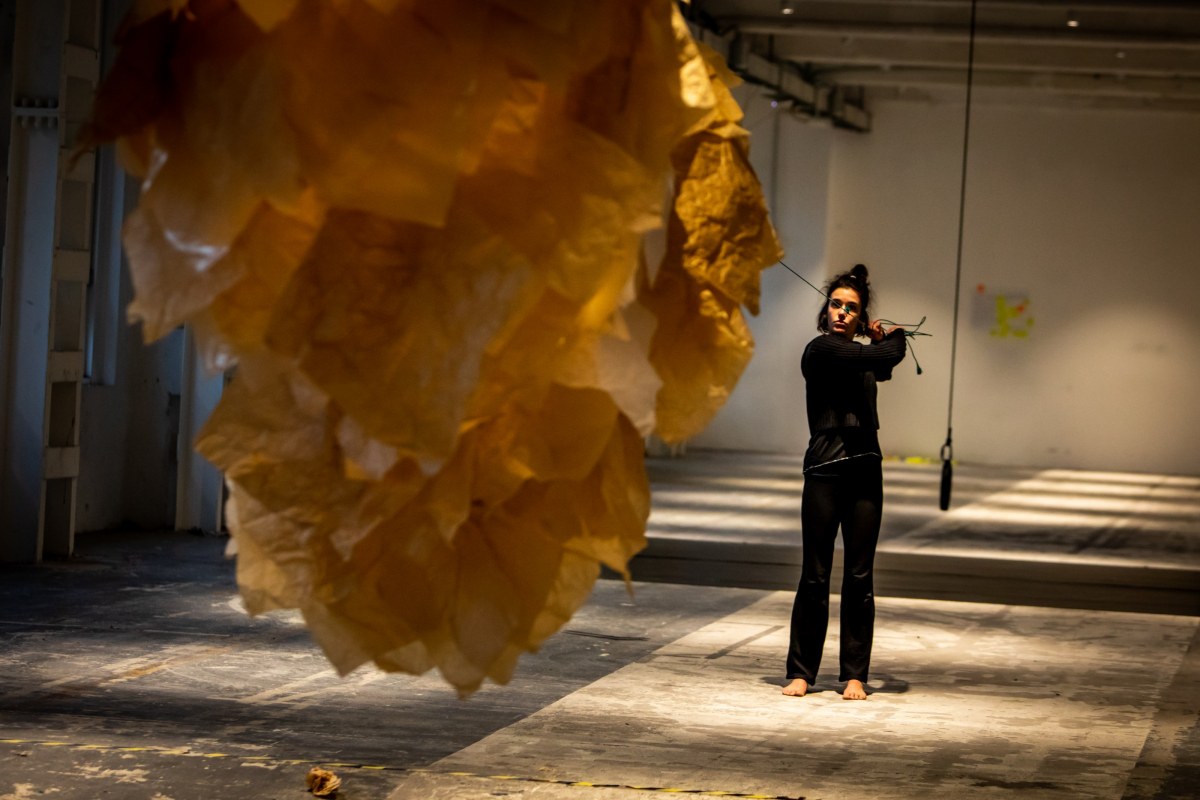
"If we want circus to be recognised as an artistic language capable of producing meaning and contributing to a public discourse, we need to stop lingering in the myth of unconditional freedom or the bliss of marginality and rather problematise our practices: what can we do with our agency? How do we exert power in circus creation?"
GV: What is the role of imagination in artistic creation? What is the personal and political significance of using human creativity to rediscuss a cultural, aesthetic, and symbolic heritage that is often taken for granted? Similarly to France or Belgium, the (late) appearance of professional circus schools in Italy revolutionised significant patterns in terms of democratisation and professionalism in circus arts. However, it seems to me that there is still a lot to do to dismantle cultural biases that empower a self-referential narration of circus and embed patriarchal structures making circus a non-inclusive space. If we want circus to be recognised as an artistic language capable of producing meaning and contributing to a public discourse, we need to stop lingering in the myth of unconditional freedom or the bliss of marginality and rather problematise our practices: what can we do with our agency? How do we exert power in circus creation? I do believe that theoreticians might have a crucial role in opening new ways to create but also that new and regenerating approaches for doing this need to be found. I see circus as a space with great potential for a radical rethinking of the dichotomy between theory and practice and where non-binary methodologies can be developed and intertwined anew. On the one hand, circus artists could highly benefit from accessible theory and opportunities where dialogue can become a deconstructing practice. On the other hand, we researchers and theoreticians need to rethink the ways we produce theory and what we expect from circus artists. Perhaps we should stop considering them objects of our thoughts and turning them into subjects or co-agents. If we claim better recognition as circus makers, we need to fulfil what our fonction d’auteur requires: situatedness, accountability, and competency. And I say “we” because, like Sebastian Kann in the Third Open Letter To The Circus, I consider researchers, artists, dramaturges, and curators on the same level. Whatever we call it, we all contribute to constructing and defending circus as an ecosystem of plural and sometimes colliding practices. To me, this is circus: the epitome of diversity, which is an ongoing practice and never a fixed result.
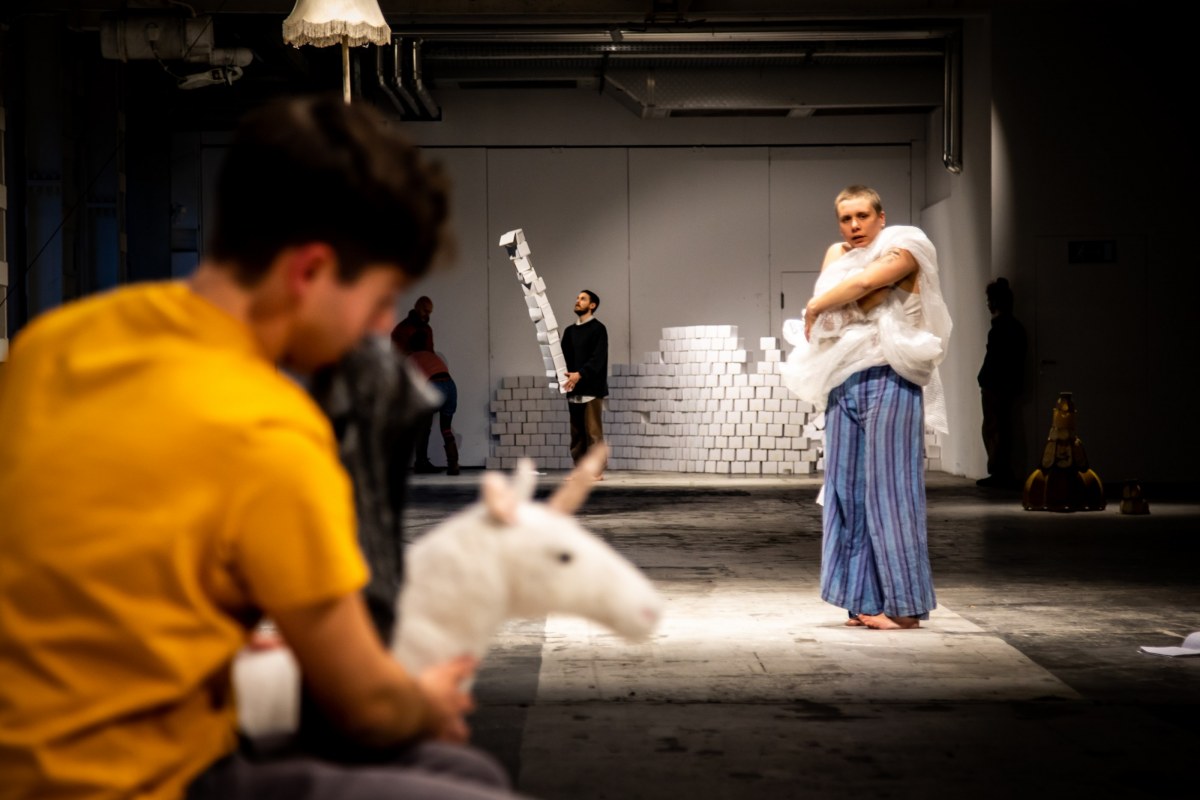
GZ: One of the most interesting themes we touched on during the seven days of residency was the creation of a safe space, to allow the artists to experiment free from jugdement and harsh critique. Having had the opportunity and privilege to work with artists from very different fields, I can tell that this is one of the most common demands they have. And they are right. Unfortunately, the concept of ‘safe space’ is often implied but rarely foregrounded as an applied performance practice. But what is a ‘safe space’? In performance-making, what is it that makes space safe without losing the creative potential of tension? What role is there for risk? And, once achieved, how does safe space become meaningful beyond its immediate community of participants? The value of the concept of ‘safe space’ in performance is more than just a precursor for the art-making processes it supports. Here, safe space is considered as a processual act of ever-becoming: a space of messy negotiations that allow individual and group actions of representation to occur, as well as opportunities for utopian performatives. During this residency safe space was cultivated in myriad ways, participants felt safe to learn new theoretical skills and face ‘the Other’. The multifaceted way in which safe space was determined and further expanded beyond a conventional notion of an insular and contained space for activity was one of the main focuses. The cultivation of a safe space is successful in grounding the utopian tendencies - inherent within any successful performance process - yet still bringing into play risks and tensions to create engaging new performances that can give birth to that which does not yet exist. This concept - when carried out with consistency and care - functions beyond its conventional connotations of protection and guardedness to be mobilised in a broader grassroots agenda for social change.
GV: We all need to talk about our practices and purposes, and read texts talking about ourselves; we need to create spaces where we can spend some time saying out loud our fears and desires without being pressured by this compelling urgency of producing a finished and pleasing output at any cost. We need, together, to shape a vocabulary that helps us speak about the complexity of our world and its contradictions, borrow some words, and shape new ones. We need a theoretical apparatus capable of recognising the bodies as active producers of meaning. We need translations. We need an active theory that cannot be limited to circus history. We need to compare ourselves to Others in cultural history to realise where we are and who we are and what we are doing here to make this world a safer space for all.
* Lorde, Audre. “The Master’s Tools Will Never Dismantle the Master’s House” in Sister Outsider: Essays and Speeches. Ed. Berkeley, CA: Crossing Press. 1984. P. 110- 114. 2007. Print.
** Foucault, M. (1997). Discipline & Punish: The birth of the prison. (A. Sheridan, Trans.)
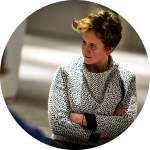
Gaia Vimercati received an MA in Comparative Literature at Trinity College Dublin and she is Cultural Project Manager for Quattrox4, a contemporary circus centre in Milan. She created CENSIMENTO CIRCO ITALIA (2015), the first map of circus companies in Italy. She was among the contributors of BIAC (Marseille, 2021) and Circus And Its Others 2021 (Davis, California). She was selected by La Biennale di Venezia for a writing residency (2021) and created the project LA PAROLA AI CORPI. She is the external eye of GRETEL (2021), circus solo by Clara Storti.
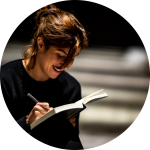
Giorgia Zaffanelli is a visual artist, writer and curator based in Milan, Italy. Her latest project, A Myth About the Menarchy, received a full scholarship in 2022 for Nicholas Muellner and Catherine Taylor’s masterclass at Image Text Ithaca (NY). In 2022 she was selected for the Camera Club project, founded by Bruno Ceschel (SPBH Editions). She will then be part of a collaborative team that will implement exhibitions, performances and site-specific installations and will develop an educational exchange based on non-hierarchical collaboration.
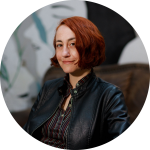
Valentina Barone is a freelance cultural manager and editor specialising in the contemporary circus and live performance sector. Since 2021, she has been Director of International Relations at the CircusDanceFestival in Cologne (Germany). She holds a BA in Performing Arts Techniques and a Master's degree in Relationship Design. She works with the international network Circostrada (France) and is an active member of the Cirkus Syd' Circus Thinkers Platform (Sweden). Valentina is the coordinator of the international digital platform Around About Circus.



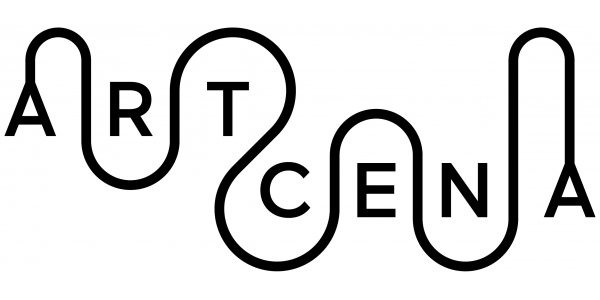

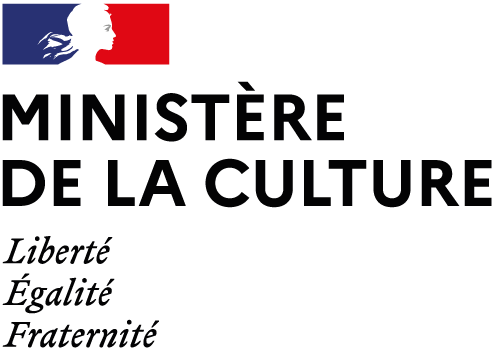
write us: infocircostrada@artcena.fr